
Ring-necked Pheasant
Phasianus colchicus
Also known as: Common pheasant



Phasianus colchicus
Also known as: Common pheasant


The Common Pheasant, introduced to New Zealand in the 1840s, is a striking game bird. About the size of a chicken, males are large and flamboyant, while females are smaller and camouflaged.
1. Males have a striking blue-green head with red wattles and white neck ring
2. Long, barred tail that trails behind during their swift, low flight
3. Females are well-camouflaged with mottled brown feathers and shorter tails
Common Pheasants breed from July to March, with males attracting multiple females through elaborate displays. Hens nest in hollows lined thinly with vegetation, laying up to 15 eggs. Chicks can fly short distances just 12 days after hatching. Introduced predators like stoats and ferrets pose significant threats to their population.
Look for Common Pheasants in open country, particularly around farmland edges, scrublands, and river margins. They're most active during early morning and late afternoon. These ground-dwelling birds prefer to run rather than fly when disturbed. Listen for rustling in dense vegetation and watch for birds darting between cover. Tip: Drive slowly along rural roads at dawn or dusk for a chance to spot them feeding in adjacent fields.
Common Pheasants were among the first game birds introduced to New Zealand by European settlers in the 1840s. They quickly became popular for sport hunting and remain an important game species managed by Fish & Game New Zealand. Their presence has influenced the development of hunting culture in the country.
70 cm
1350 g

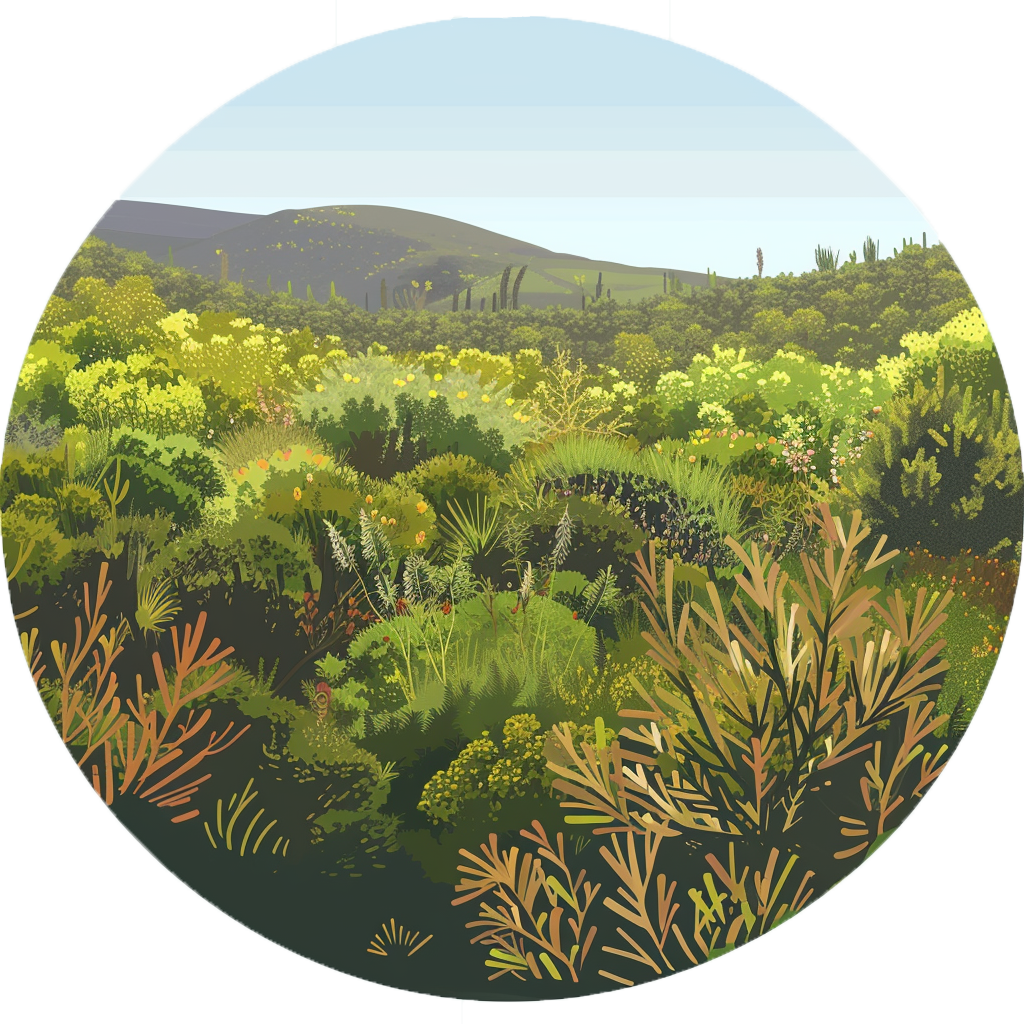

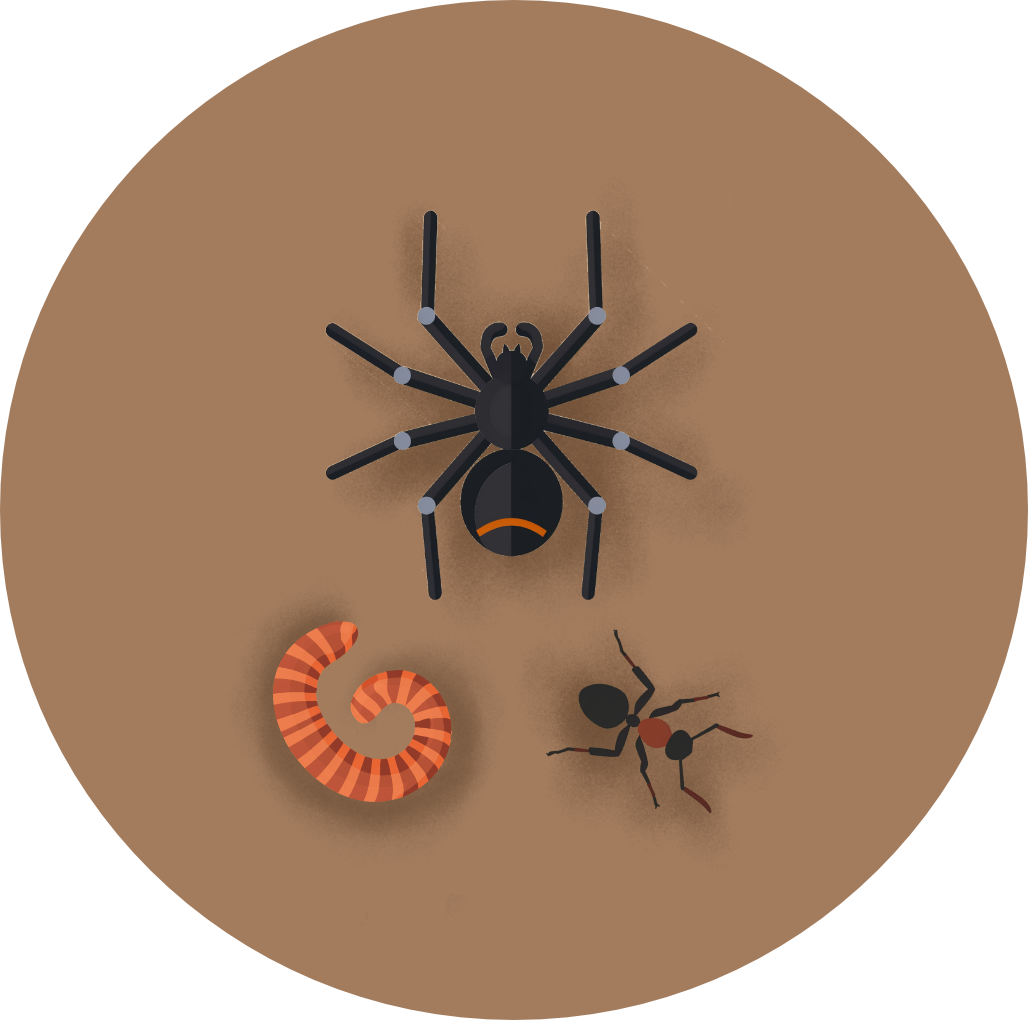
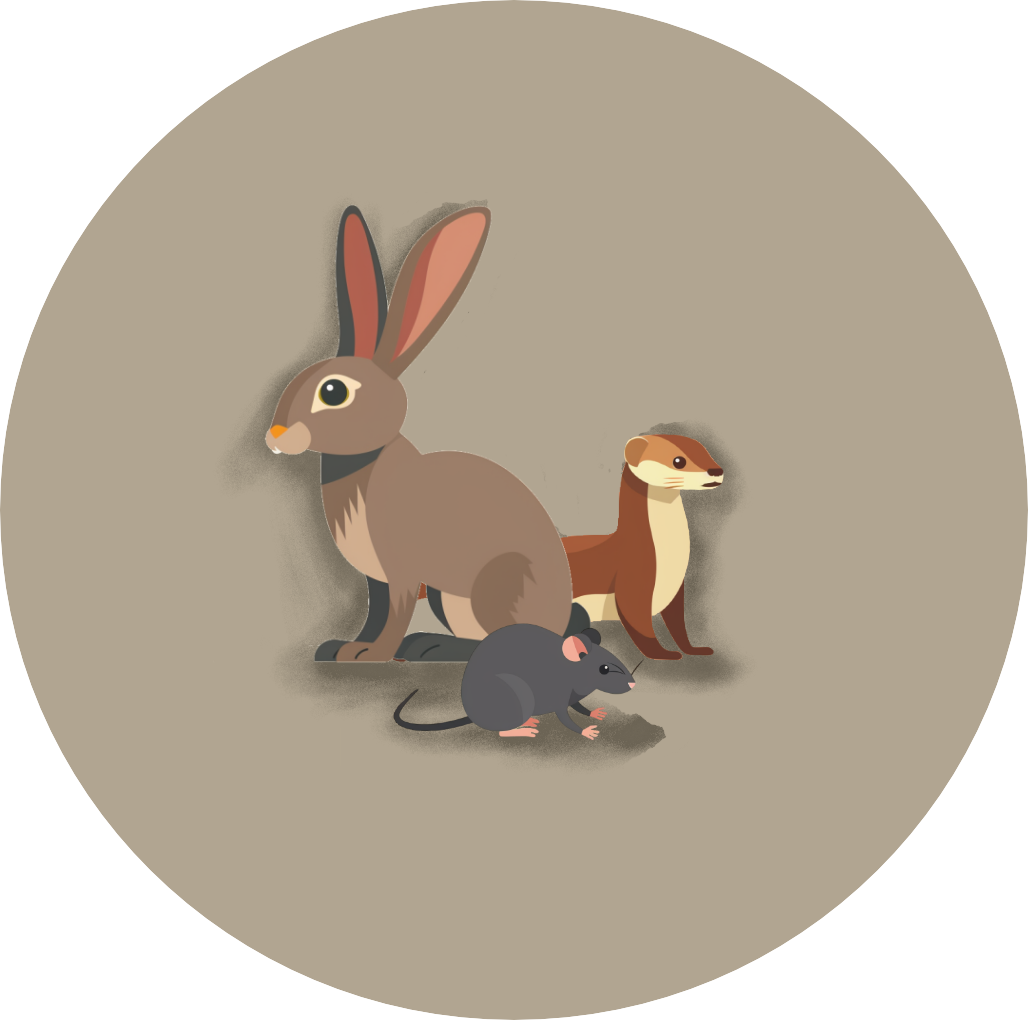
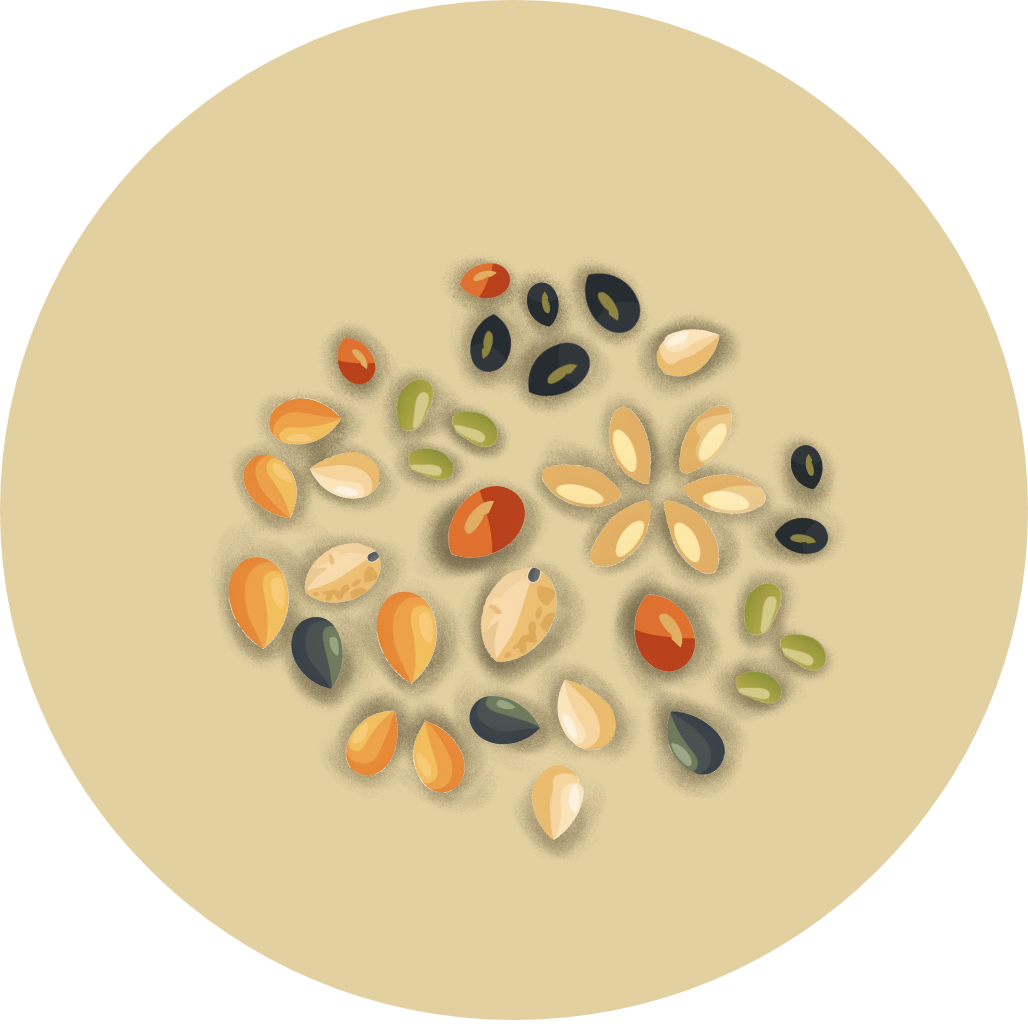
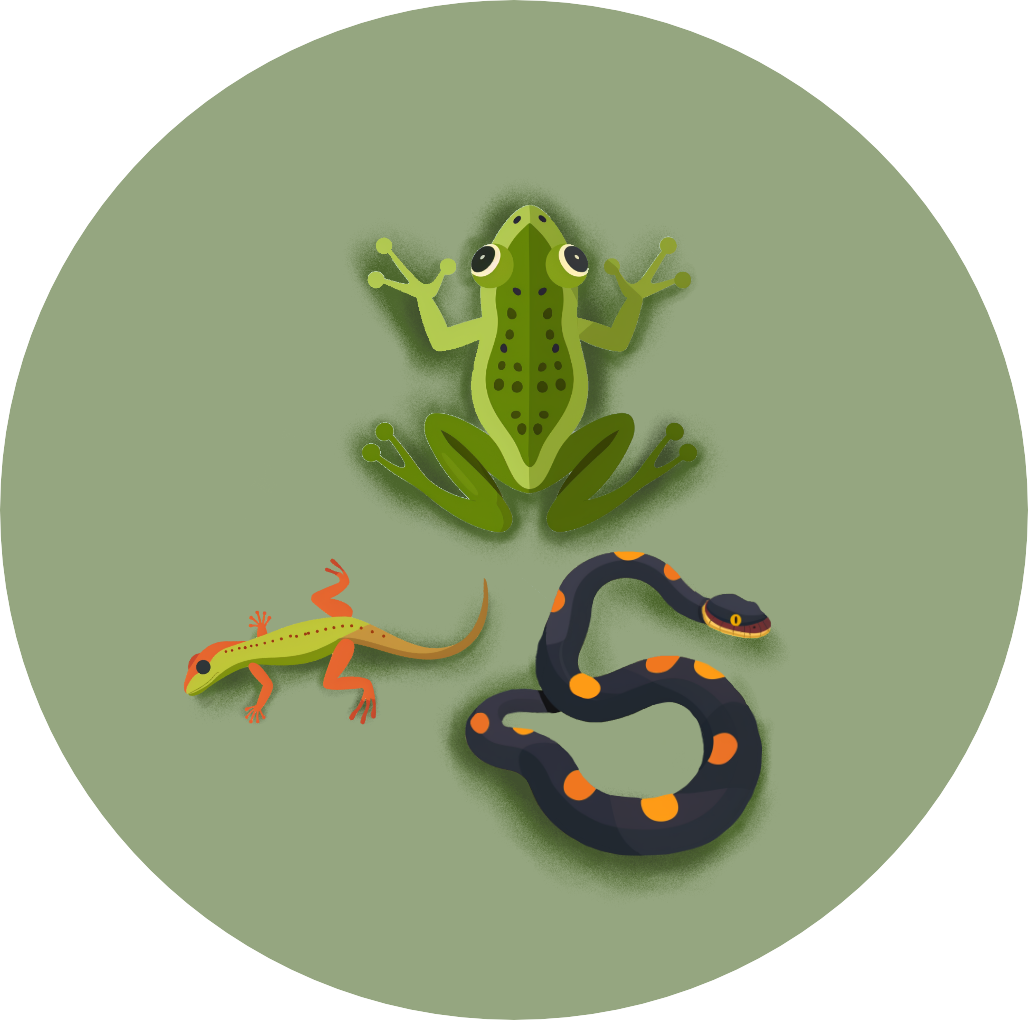
Coming Soon!
Top birding locations will be available in a future update.